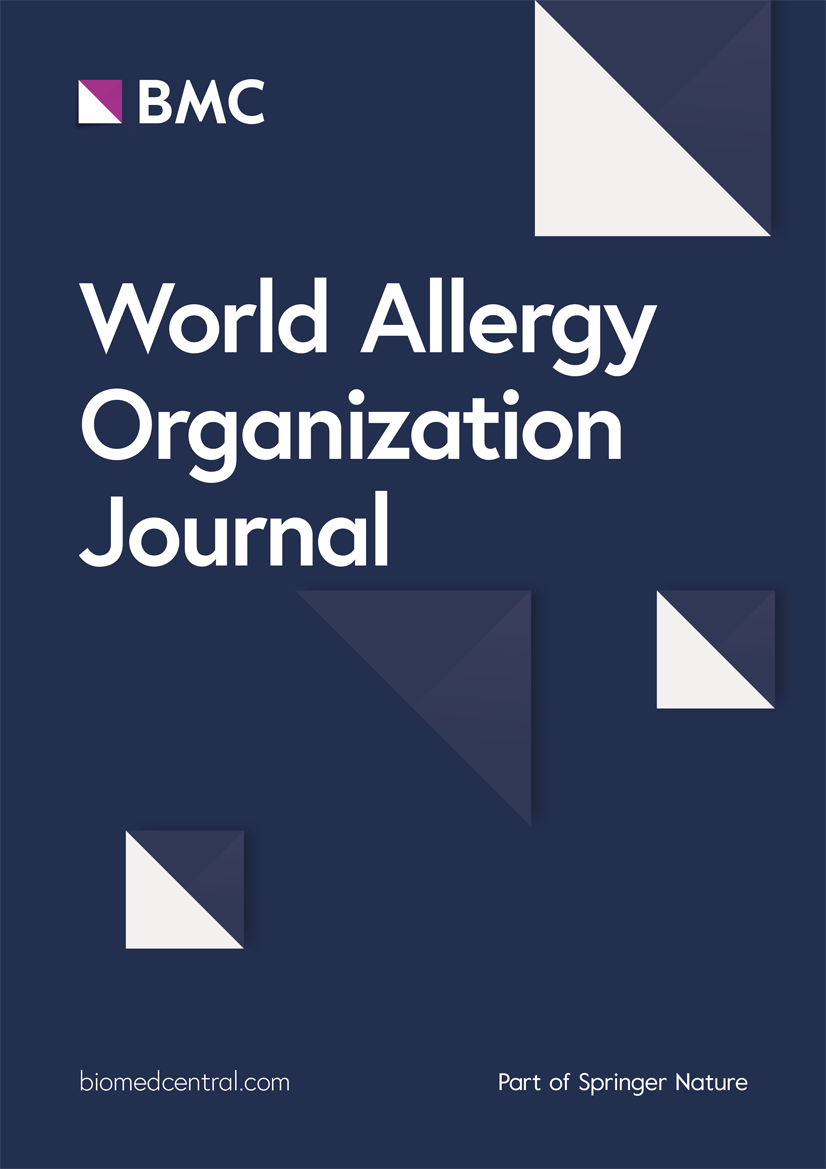1990-2021年老年人高体重指数导致的全球哮喘负担及2050年预测:2021年全球疾病负担研究分析
IF 3.9
2区 医学
Q2 ALLERGY
引用次数: 0
摘要
先前的研究表明,高体重指数是哮喘的主要危险因素,尤其是对老年人的影响。本研究旨在评估1990年至2021年老年人高体重指数引起的哮喘负担的时空趋势,并预测到2050年的趋势。方法:我们从2021年全球疾病负担研究中提取60岁以上高BMI哮喘人群的数据。相关指标包括死亡人数、残疾调整生命年、死亡率和残疾调整生命年率,这些比率直接标准化。Spearman秩相关检验检验了负担与社会人口指数(SDI)的关系。采用分解分析法,根据人口结构、人口增长和流行病学变化对负担变化进行分解。采用贝叶斯年龄-时期-队列模型预测负担。从1990年到2021年,尽管全球死亡率和残疾调整生命年率呈下降趋势,但全球哮喘死亡率和高体重指数导致的残疾调整生命年分别增加了69%和46%,分别上升到43,628例(95% CI: 18,366-71 088)和1,223,969例(95% CI: 526,972 - 945,426)。年龄标准化死亡率和残疾调整生命年率在SDI较低的地区更为严重,如大洋洲。死亡率和残疾调整生命年率随着年龄的增长而增加,女性的负担高于男性。从1990年到2021年,人口增长对死亡和残疾调整生命年的增加产生了重大影响,分别贡献了约158%和222%。到2050年,高体重指数导致的哮喘死亡和残疾调整生命年将继续上升至101,252例和2,941,172年。结论全球老年人高体重指数导致的哮喘负担已经显著上升,预计这一趋势将持续下去,这凸显了制定公共卫生战略来解决这一问题的重要性。本文章由计算机程序翻译,如有差异,请以英文原文为准。
Global burden of asthma attributable to high body mass index in older adults 1990–2021 and prediction to 2050: An analysis of Global Burden of Disease Study 2021
Background
Previous studies have shown that high body mass index was a primary risk factor for asthma, particularly impacting older adults. This study aimed to assess the spatial and temporal trends for asthma burden attributable to high body mass index in older adults from 1990 to 2021 and to project trends up to 2050.
Method
We extracted data from the Global Burden of Disease Study 2021 for population aged over 60 years with asthma attributable to high BMI. Relevant indicators included number of deaths, disability-adjusted life years, mortality, and disability-adjusted life years rates and the rates were directly standardized. Spearman rank correlation test tested the burden against the Socio-demographic Index (SDI). Decomposition analysis was used to decompose changes in burden according to population structure, population growth, and epidemiologic changes. The Bayesian age-period-cohort model was used to predict the burden.
Results
From 1990 to 2021, despite downward trends in global mortality and disability-adjusted life-year rates, global asthma deaths, and disability-adjusted life years attributable to high body mass index increase by 69% and 46%, rising to 43,628 cases (95% CI: 18,366–71 088) and 1,223,969 years (95% CI: 526,972–1 945,426). Age-standardized mortality rates and disability-adjusted life years rates were more severe in regions with lower SDI, such as Oceania. Mortality rates and disability-adjusted life-year rates increased with age, with a higher burden observed in females compared to males. Population growth had a significant impact on the increase in deaths and disability-adjusted life years from 1990 to 2021, contributing approximately 158% and 222%, respectively. Asthma deaths and disability-adjusted life years attributable to high body mass index will continue to rise to 101,252 cases and 2,941,172 years up to 2050.
Conclusion
The global asthma burden due to high body mass index in older adults has risen significantly and is expected to continue this trend, highlighting the importance of developing public health strategies to address this issue.
求助全文
通过发布文献求助,成功后即可免费获取论文全文。
去求助
来源期刊

World Allergy Organization Journal
Immunology and Microbiology-Immunology
CiteScore
9.10
自引率
5.90%
发文量
91
审稿时长
9 weeks
期刊介绍:
The official pubication of the World Allergy Organization, the World Allergy Organization Journal (WAOjournal) publishes original mechanistic, translational, and clinical research on the topics of allergy, asthma, anaphylaxis, and clincial immunology, as well as reviews, guidelines, and position papers that contribute to the improvement of patient care. WAOjournal publishes research on the growth of allergy prevalence within the scope of single countries, country comparisons, and practical global issues and regulations, or threats to the allergy specialty. The Journal invites the submissions of all authors interested in publishing on current global problems in allergy, asthma, anaphylaxis, and immunology. Of particular interest are the immunological consequences of climate change and the subsequent systematic transformations in food habits and their consequences for the allergy/immunology discipline.
 求助内容:
求助内容: 应助结果提醒方式:
应助结果提醒方式:


